
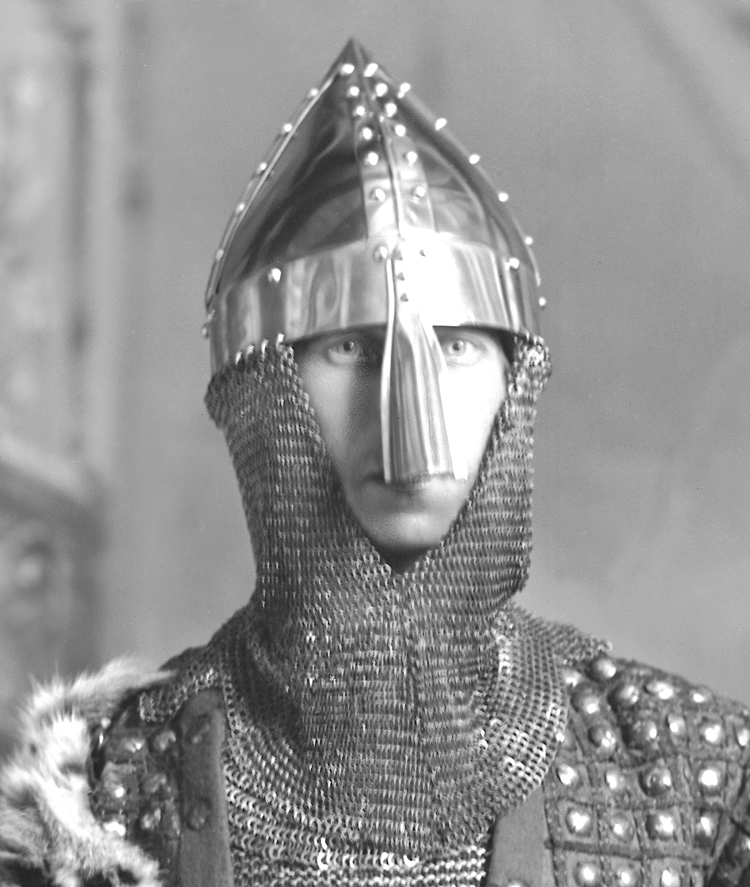
Image displayed in:
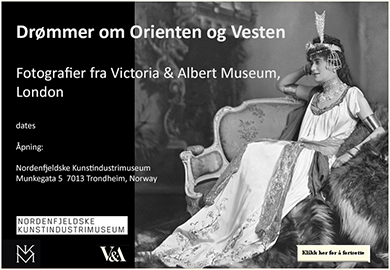
The only son of Queen Victoria's second son, Prince Albert had been sent off for a German education in Potsdam by his anglophobe mother, Grand Duchess Marie of Russia, as soon as her husband was named heir to the duchy of Saxe Coburg Gotha. It was perhaps through the efforts of his mother that his abortive engagement was announced, in January 1897, to Princess Feodore of Saxe Meiningen, a great-granddaughter of Queen Victoria.
His Teutonic upbringing did not improve his character, as his sister, the Crown Princess Marie of Romania, noted in her diary:
“Alfred was always getting into trouble… and Mamma, hoping to find perfection, was often disappointed in her son… Mamma had a supreme horror of the shady side of life… and when… it approached her through any member of her own circle, her grief and indignation were extreme. She was never able to talk with Alfred; she thought that severity and religious principles must keep him straight; he found no mercy when he sinned…”
Almost a ‘Germanised’ stranger to his family, and beyond parental supervision, he fell into what was termed bad ways, or as the Empress Frederick stated in a letter to her daughter, Sophie, he was “heedless and giddy to resist temptations, bad examples” and he contracted syphilis – “an illness of which I know next to nothing.”
Hardly a year after this image was made, Prince Alfred made a visit to his sister in Sinaia, Romania. Marie found him “pale and emaciated... his young life wasting away… He hardly recognizes anyone and often does not know what he says, poor boy.”
In 1899 at the time of his parents’ silver wedding celebrations in Coburg he was sent by his mother to Meran in the Tyrol to recover from ‘nervous depression’ – actually a self-inflicted gunshot wound after an argument with his parents. He died less than a fortnight later with his death being officially noted to have been caused by ‘chronic cerebral affection’.
After Alfred’s death some sources claim that his father never spent another night under the same roof as his mother.
For the Ball, Alfred chose to represent Duke Robert of Normandy, son of William the Conqueror who led the Normans in their conquest of England in 1066. The costume appears to be inspired by the type of uniforms seen in the Bayeux tapestry. Chain mail was known to the Saxons well before 1066 and Aldhelm, Bishop of Sherborne (709) described it enigmatically thus: "produced from the cold bowels of the dewy earth, and neither spun from the wool of the sheep nor the yellow down of the silkworm, nor woven in a loom, nor carded by the wool-comb, it is, strange to say, called a garment.”
Its historical veracity was assured before the event by the historical painter John Seymour Lucas (1849-1923) who in 1902 used a group portrait by Lafayette to paint the phenomenally accurate Reception by HM King Edward VII of the Moorish Ambassador. Prince Alfred even wears an authentic conical Norman helmet with steel nose-protector - not an obviously comfortable choice of headgear for a party! The choice of role, hinting at the defeat of England by a foreign power, possibly reflected his mother’s antipathy to all things English.
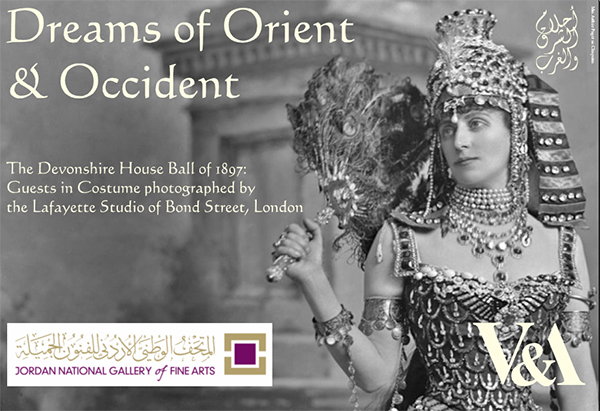
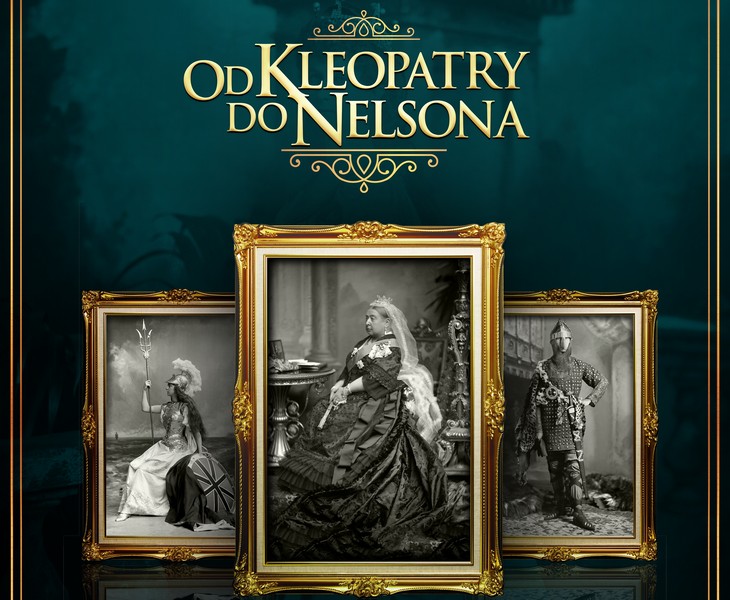
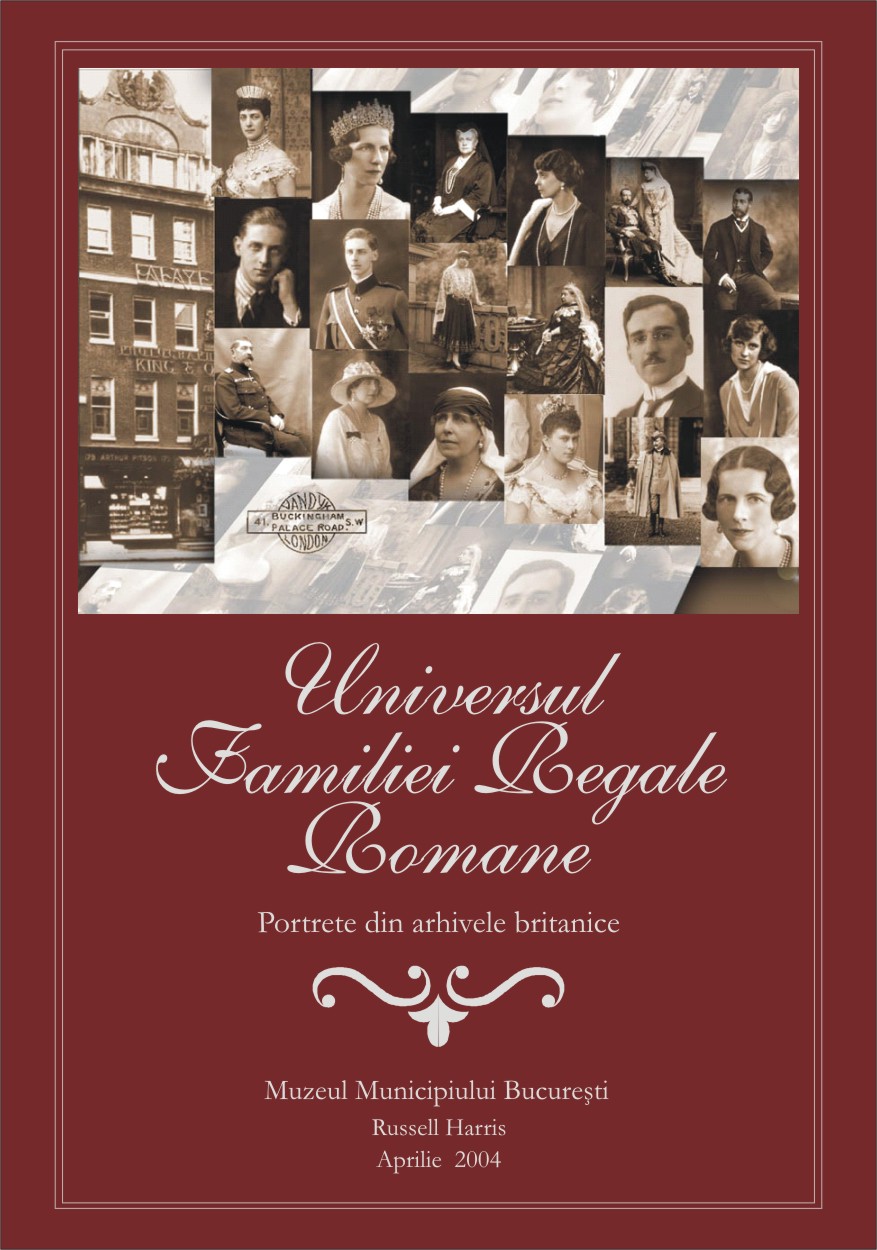
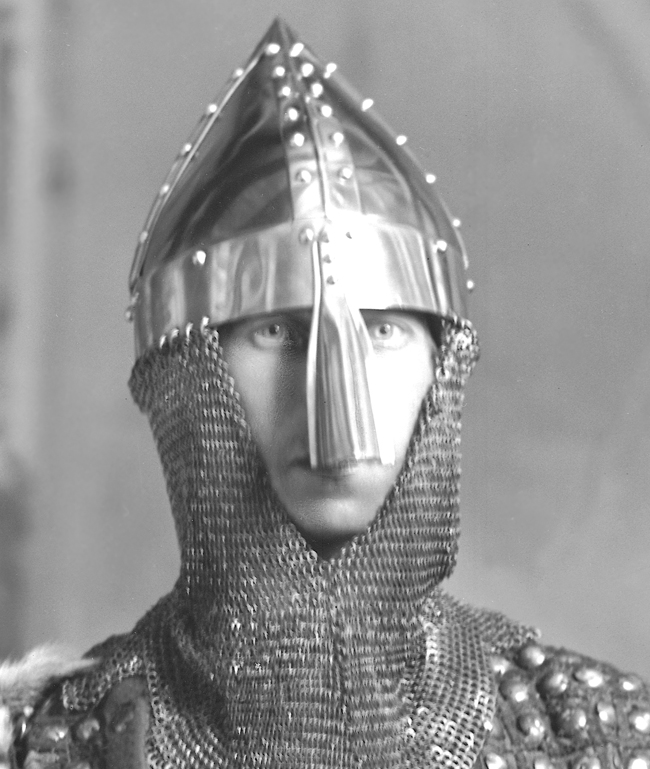
|
-
- Biog: Only son
of Duke Alfred I of Saxe-Coburg and Gotha; Lieutenant, 1st Regiment
of Prussian Guards.
|
The
Last Romantic: A Biography of Queen Marie of Roumania,
Hannah Paukula, London, 1985, [p 121]
When
[she] arrived in Gotha [1899], she found her brother, Alfred "pale
and emaciated... his young life wasting away" It had been a
tragic year for Alfred. The heir to the dukedom was suffering from
venereal disease. During the summer he had been discharged from
his regiment. Missy had last seen him in the fall, when their mother,
disgusted and embarrassed by his disease, had sent him to Roumania.
Since then he had vastly deteriorated. "He hardly recognizes
anyone and often does not know what he says, poor boy," [Marie]
wrote...
Shortly
after [Marie's] arrival, her brother was moved to a rest home in
Merano, Italy, where he died almost immediately, attended by only
his French tutor and a servant.
|
Role:
Duke Robert of Normandy, A.D. 1060.
| The
Reminiscences of Lady Randolph Churchill,
p 303
...while
the late Hereditary Prince of Saxe-Coburg as the Duke of Normandy,
AD 1060, in casque and chain armour, kept his visor down until heat
and hunger forced him to sacrifice his martial appearance..
|
Date:
3 July 1897.
Occasion:
The Devonshire House Ball, 2 July 1897.
Location:
Devonshire House, Piccadilly, London, W.
Descr:
FL standing.
Costume:
A coat of mail and casque.
Costume
Designer: [John
Seymour Lucas, R.A. (1849-1923) advised as to the historical accuracy
of the costume. (The Daily Graphic, 3 July 1897, p 12b.)
]
Costume
Supplier: -
Furniture
& Props: Painted backdrop with 'baronial fireplace'; studio
Persian rug.
 
"My
Brother Alfred at the Age of Eighteen" - image from:
Marie, Queen of
Roumania, The Story of My Life, New York, 1934, facing p 266

Photographer:
The firm of J. Lafayette, 179 New Bond Street, London, W.
Evidence
of photographer at work: -
No
of poses: 1.
Copyright: V&A
All
images on this site are copyright V&A. For further information on
using or requesting copies of any images please contact the V&A Picture
Library: vaimages@vam.ac.uk
including the URL of the relevant page
Provenance:
Pinewood Studios; acquired 1989.

- References:
Biog:
Hugh Montgomery-Massingberd ed., Burke's Royal Families of the World,
Vol I, London, 1977, p 271; The Times, 7 February 1899,
p 6; Marie, Queen of Roumania, The Story of My Life, New York,
1934; Hannah
Paukula,
The
Last Romantic: A Biography of Queen Marie of Roumania,
London, 1985, [p 121]; John
van der Kiste and Bee Jordaan, Dearest Affie... Alfred, Duke of Edinburgh:
Queen Victoria’s second son 1844-1900, Gloucester, 1984
Occasion:
Sophia Murphy, The Duchess of Devonshire's Ball, London, 1984.
Role
& Costume: (Duke William of Normandy) The
Daily Graphic, 3 July 1897, p 12b; (Duke Robert of Normandy)
The Morning Post, 3 July 1897, p 7f; The Standard, 3
July 1897, p 4a; The Court Journal, 10 July 1897, p 1247b.
(see also Mrs George Cornwallis-West, The Reminiscences of Lady Randolph
Churchill, London, 1908, p. 303)
Costume
Designer: -
Costume
Supplier: -
Photography:
The Daily Telegraph, 3 July 1897, p 9f; Black & White,
10 July 1897, p 38b.
Reproduced:
Devonshire House Fancy Dress Ball, July 2 1897: A Collection of Portraits
in Costume of Some of the Guests, privately printed, 1899, p 12 (National
Portrait Gallery Archives).

- Acknowledgements:
-

Text
used in Bucharest exhibition [May 2004]
As
Duke Ernst of Co
burg
(Prince Alfred’s great-uncle) had no heir, Queen Marie [of Romanis]’s
only brother Alfred was groomed for the position. He was sent
off at an early age for education and military training in Potsdam.
As
a result, he spent very little time with his immediate family,
and Queen Marie’s published diaries mention him only fleetingly.
Almost a 'Germanised' stranger to his family, and beyond parental
superivision, he fell into what was termed 'bad ways.'
Hardly
a year after this image was made, Prince Alfred made a visit to
his sister Queen Marie who found him 'pale and emaciated... his
young life wasting away… He hardly recognizes anyone and often
does not know what he says, poor boy.' Although
the official reason given for him not attending his parents’ Silver
Wedding celebrations in Coburg in 1899 was 'nervous depression'
- in reality he was suffering from a gunshot wound which he inflicted
upon himself after an argument with his parents over his alleged
marriage to an Irishwoman the previous year.
Alfred’s
mother, the unsympathetic Grand Duchess Marie, now Duchess of
Coburg – with her horror of impropriety and deeply galled at her
son’s waywardness – refused to have him in the palace during the
celebrations.
In
spite of the doctors’ warnings, the Duchess sent him off for convalescence
to the Tyrol where he died within a fortnight. His death was officially
noted to have been caused by 'chronic cerebral affection'.
After
Alfred’s death some sources claim that his father never spent
another night under the same roof as his mother.
In
this image by Lafayette, Alfred is seen in the costume of 'Duke
Robert of Normany, A.D. 1060' - which he wore to an aristocratic
costume ball given in London to celebrate the Diamond Jubilee
of his grandmother, Queen Victoria.
Prince
Alfred’s swagger pose mirrors exactly the pose in which he is
seen in the very few published images of him. In the inset image,
he wears the uniform and Pickelhaube of the 1st Regiment of Prussian
Guards.
|
-
|